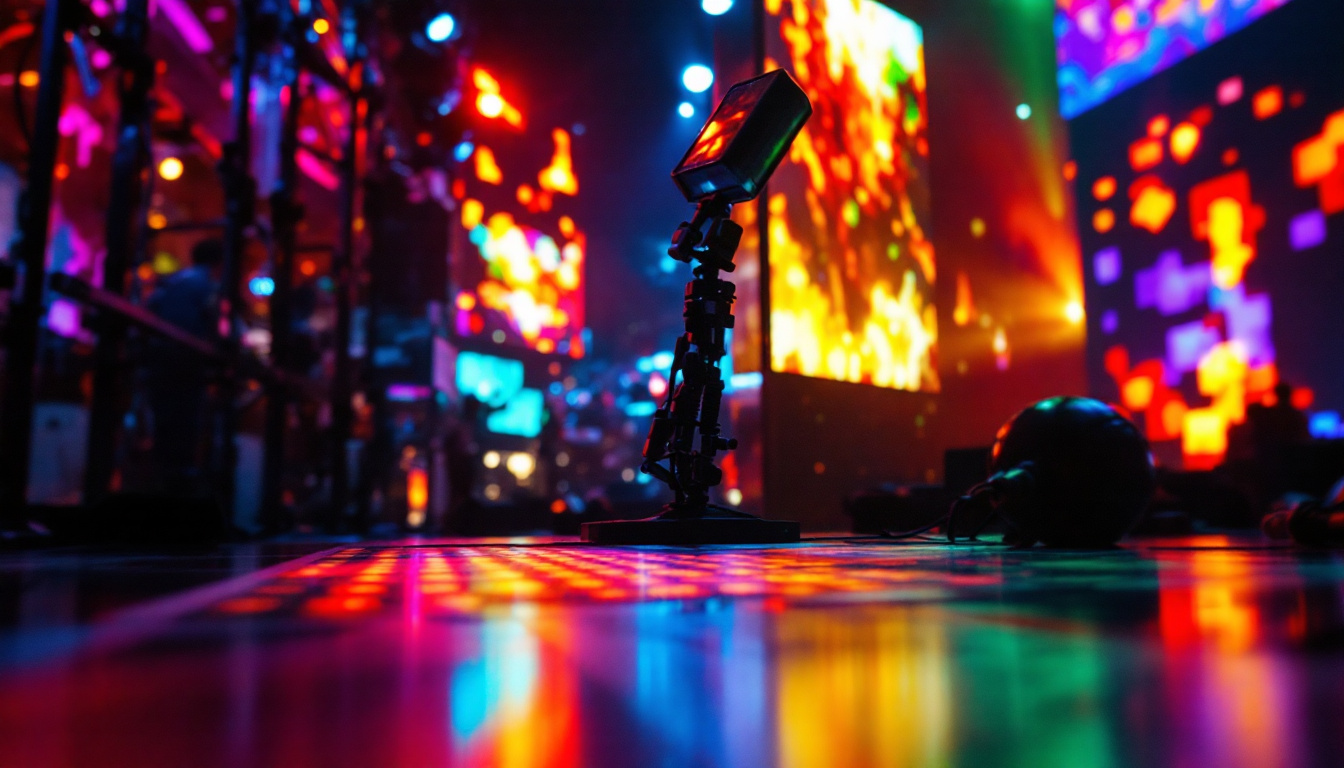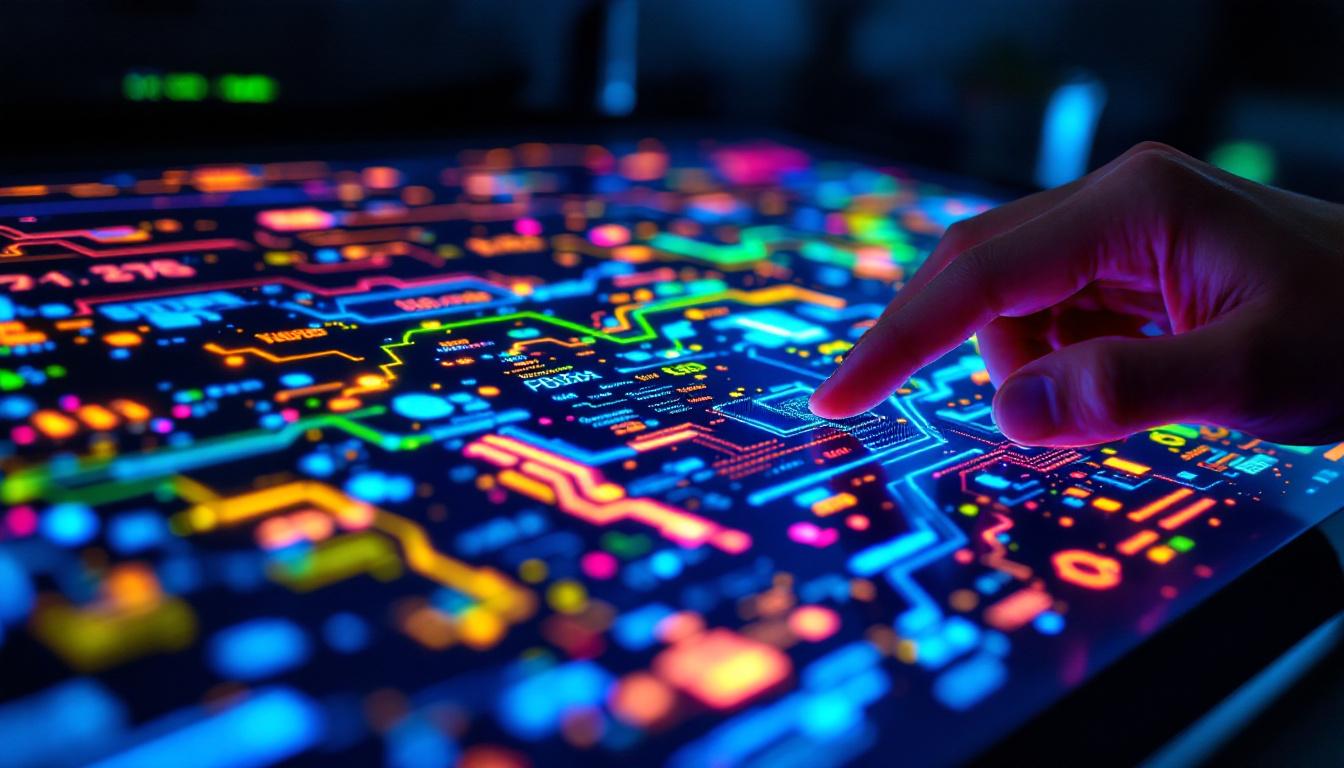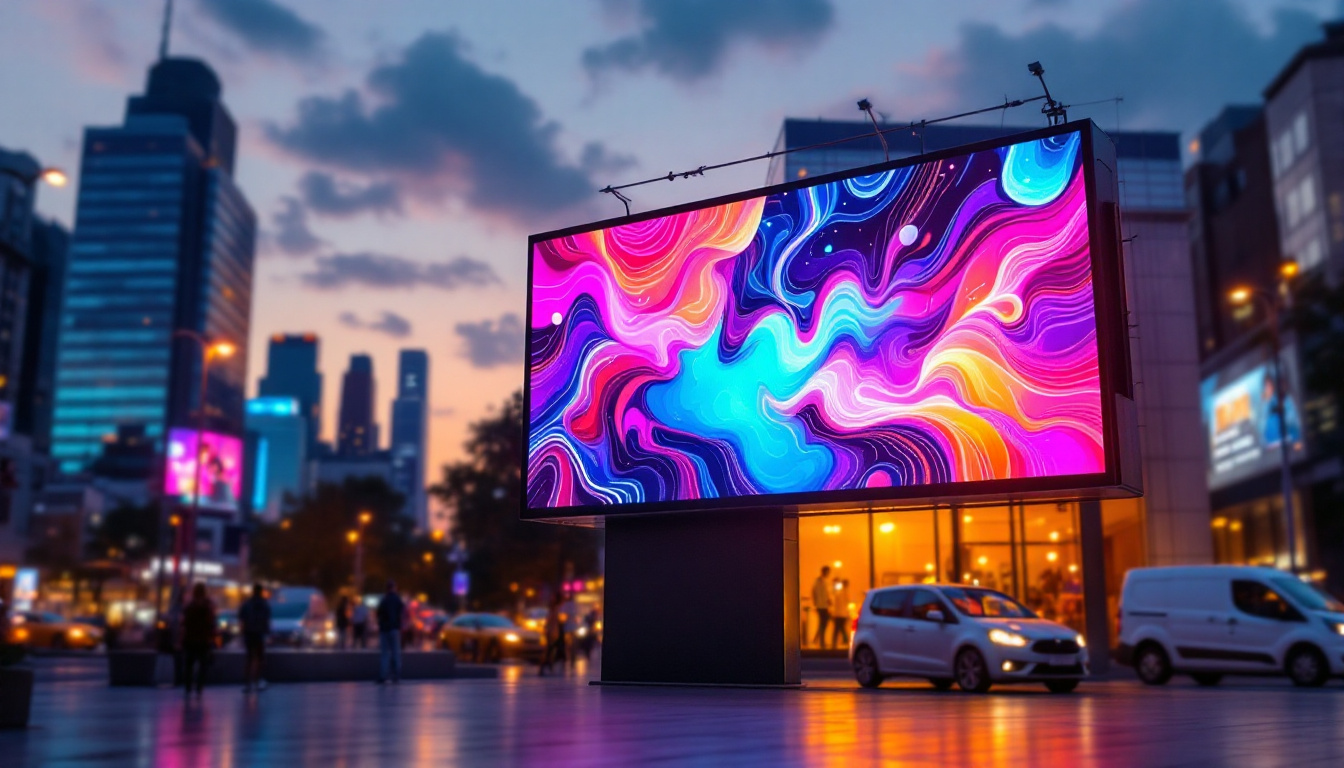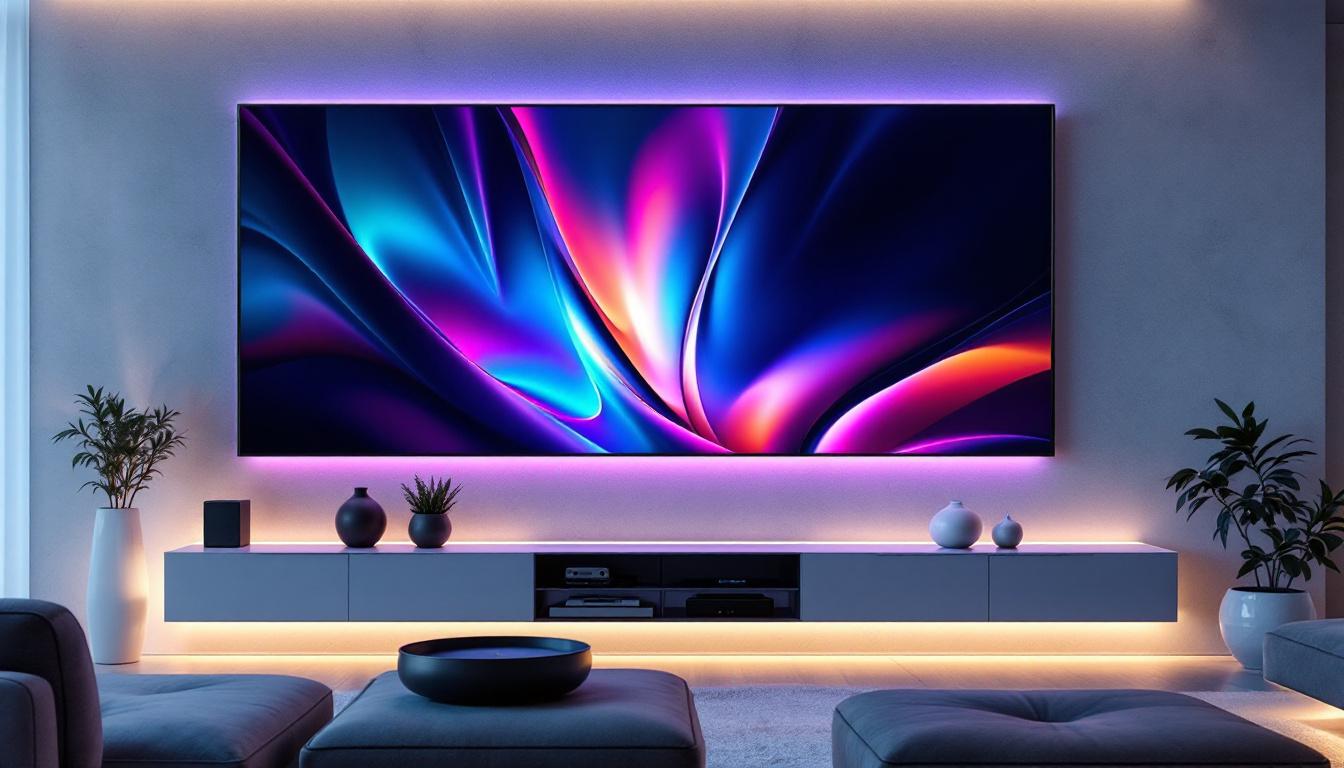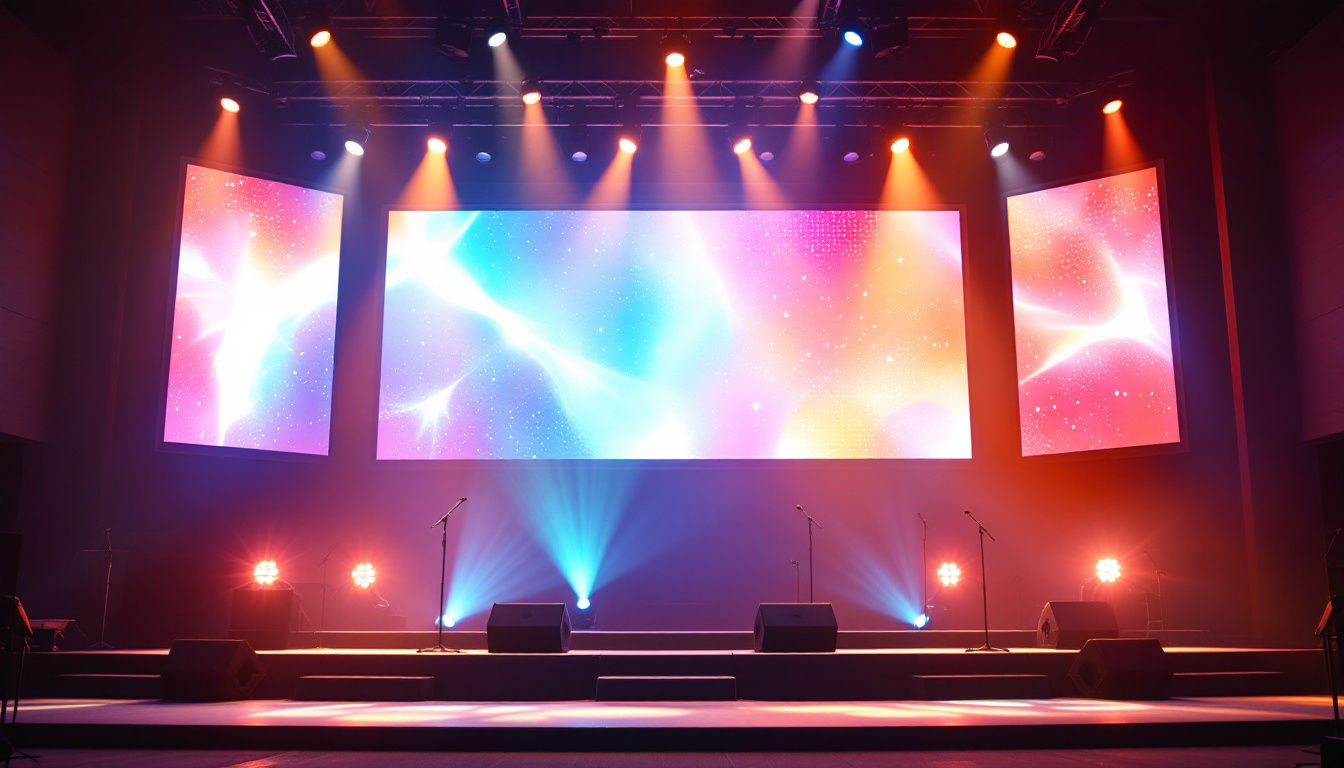The world of display technology has seen rapid advancements over the past few decades, with LED displays leading the charge in terms of versatility and efficiency. Among various mathematical concepts that underpin these technologies, the Ln power series plays a crucial role in understanding how these displays operate. This article delves into the intricacies of Ln power series and its application in LED display technology, providing insights into both the mathematical framework and practical implications.
Understanding Ln Power Series
The natural logarithm, denoted as Ln, is a fundamental mathematical function that finds its applications in various fields, including engineering, physics, and computer science. The Ln power series is a way to represent the natural logarithm as an infinite series, which can be particularly useful in calculations involving exponential growth and decay, as well as in various algorithms used in display technology.
Definition and Derivation
The Ln power series can be derived from the Taylor series expansion of the natural logarithm function around a point. The series is expressed as:
Ln(x) = (x - 1) - (1/2)(x - 1)^2 + (1/3)(x - 1)^3 - (1/4)(x - 1)^4 + ...This series converges for values of x in the interval (0, 2). The significance of this series lies in its ability to approximate the natural logarithm for values close to 1, which is particularly useful in computational applications. The convergence of the series means that as more terms are added, the approximation becomes increasingly accurate, allowing for efficient calculations in scenarios where precision is paramount.
Applications in Technology
In the realm of LED displays, the Ln power series finds its utility in various algorithms that optimize display performance. For instance, when adjusting brightness levels or calculating color intensity, logarithmic functions are often employed to achieve a more natural visual experience. The human eye perceives brightness in a logarithmic manner, making the Ln power series an essential tool in creating displays that are both vibrant and easy on the eyes. This logarithmic adjustment not only enhances user experience but also contributes to energy efficiency, as it allows for more precise control over the power consumed by the display.
Moreover, the applications of the Ln power series extend beyond visual technology. In fields such as data science and machine learning, logarithmic transformations are frequently used to normalize data distributions, making them more suitable for analysis. For example, when dealing with skewed data, applying the natural logarithm can help stabilize variance and make patterns more discernible. This technique is particularly valuable in regression models and other statistical analyses, where the assumptions of normality are crucial for the validity of the results. Thus, the Ln power series not only aids in visual technology but also plays a significant role in enhancing the accuracy and reliability of data-driven decision-making processes.
LED Display Technology
LED (Light Emitting Diode) technology has transformed the way visual information is presented. From large-scale billboards to small screens on electronic devices, LED displays are everywhere. Their efficiency, brightness, and versatility make them a preferred choice for many applications. The rapid advancement in LED technology has also led to innovations in design, allowing for thinner, lighter, and more flexible displays that can be integrated into a variety of environments, from retail spaces to transportation hubs.
How LED Displays Work
LED displays operate by passing an electric current through a semiconductor material, which emits light. Each pixel in an LED display consists of red, green, and blue diodes, which can be combined in various intensities to produce a wide spectrum of colors. This ability to mix colors at the pixel level allows for high-resolution images and videos. Furthermore, the modular nature of LED technology means that displays can be easily scaled up or down, allowing for customized solutions that meet specific spatial and aesthetic requirements.
Additionally, the use of the Ln power series in controlling brightness and color intensity ensures that the display remains visually appealing across different lighting conditions. By utilizing logarithmic adjustments, manufacturers can create displays that maintain color fidelity and brightness consistency. This is particularly important in settings such as art galleries or museums, where the accurate representation of colors is crucial for the viewer’s experience. The adaptability of LED technology also extends to dynamic content, enabling real-time updates and interactivity, which enhances engagement in advertising and informational displays.
Advantages of LED Displays
LED displays offer numerous advantages over traditional display technologies, such as LCD and CRT. Some of the key benefits include:
- Energy Efficiency: LED displays consume significantly less power, making them more environmentally friendly and cost-effective.
- Longevity: With a lifespan of up to 100,000 hours, LED displays outlast many other types of screens.
- Brightness: LEDs can produce brighter images, making them suitable for outdoor use where sunlight can be a challenge.
Moreover, LED technology is inherently more durable, as it is less susceptible to damage from shock and vibration compared to traditional displays. This robustness makes LED displays ideal for a range of applications, from concert stages to sports arenas, where they can withstand the rigors of high-energy environments. Additionally, the flexibility in design allows for creative installations, such as curved or transparent displays, which can enhance architectural aesthetics and provide unique viewing experiences. As the technology continues to evolve, we can expect even more innovative applications that push the boundaries of how we interact with visual media.
The Role of Mathematics in Display Technology
Mathematics plays an integral role in the design and functionality of LED displays. From the algorithms that drive the displays to the mathematical models that predict performance, a solid understanding of mathematical principles is essential for engineers and designers in this field.
Color Theory and Display Calibration
Color theory is a crucial aspect of display technology. The RGB (Red, Green, Blue) color model is the foundation for how colors are represented on screens. Understanding how to manipulate these colors mathematically allows for precise calibration of displays.
Calibration involves adjusting the output of each diode to ensure that the colors displayed are accurate and consistent. This process often employs logarithmic functions, including the Ln power series, to achieve the desired results. By applying these mathematical principles, manufacturers can ensure that their displays meet industry standards and consumer expectations.
Signal Processing and Data Compression
Signal processing is another area where mathematics is paramount. LED displays rely on complex algorithms to process video signals and compress data for efficient transmission. Techniques such as Fourier transforms and other mathematical transformations are employed to manage the data flow effectively.
Moreover, the Ln power series can assist in optimizing these algorithms, allowing for faster processing times and improved display quality. By leveraging mathematical concepts, engineers can create more sophisticated displays that enhance the user experience.
Challenges in LED Display Technology
Despite the many advantages of LED displays, several challenges persist in the industry. Understanding these challenges is crucial for ongoing innovation and improvement.
Color Uniformity
One of the primary challenges in LED display technology is achieving color uniformity across the entire screen. Variations in brightness and color output can lead to an uneven viewing experience, which is particularly noticeable in large displays.
Mathematical models, including those based on the Ln power series, can help in analyzing and correcting these discrepancies. By applying logarithmic adjustments to the output of individual pixels, manufacturers can create displays that offer consistent color representation, regardless of the viewing angle or distance.
Heat Management
LED displays generate heat, which can impact performance and longevity. Effective heat management is essential to prevent damage and maintain optimal functionality. Mathematical modeling can assist in predicting heat generation and distribution across the display, allowing for better design and cooling solutions.
Engineers often use thermal simulations that incorporate various mathematical principles to ensure that heat is dissipated effectively, thus prolonging the lifespan of the display.
Future Trends in LED Display Technology
The future of LED display technology is bright, with numerous trends emerging that promise to enhance performance and user experience. As technology evolves, so too does the application of mathematical principles, including the Ln power series.
MicroLED and MiniLED Technologies
MicroLED and MiniLED technologies represent the next generation of display technology, offering improved resolution and color accuracy. These innovations rely on smaller diodes that can be individually controlled, allowing for more precise color representation and better contrast ratios.
Mathematical algorithms will play a significant role in optimizing these technologies, ensuring that the displays can deliver the high-quality visuals that consumers demand. The Ln power series may be employed in algorithms that adjust brightness and color levels dynamically, creating a more immersive viewing experience.
Integration with Augmented and Virtual Reality
As augmented and virtual reality (AR/VR) technologies continue to develop, the integration of LED displays into these platforms will become increasingly important. High-resolution displays are essential for creating realistic environments in AR and VR applications.
Mathematical models will be crucial for rendering graphics in real-time, ensuring that users experience smooth and lifelike visuals. The Ln power series and other mathematical concepts will aid in optimizing performance, making these technologies more accessible and effective.
Conclusion
In conclusion, the Ln power series is a fundamental mathematical concept that plays a vital role in the design and functionality of LED displays. By understanding the mathematical underpinnings of display technology, engineers and designers can create more efficient, vibrant, and user-friendly products.
As LED technology continues to evolve, the integration of advanced mathematical models will be essential in overcoming challenges and driving innovation. The future of LED displays is bright, and the continued application of mathematical principles will ensure that these technologies remain at the forefront of visual communication.
Ultimately, the intersection of mathematics and technology not only enhances the performance of LED displays but also enriches the overall user experience, paving the way for a visually stunning future.
Discover LumenMatrix’s Innovative LED Solutions
Embrace the future of visual communication with LumenMatrix’s comprehensive range of LED display technologies. Whether you’re looking to enhance your brand’s visibility with an Indoor LED Wall Display, captivate passersby with an Outdoor LED Wall Display, or create dynamic visual experiences with our Custom and Transparent LED Displays, LumenMatrix has the solution. Our mission is to empower your business to communicate with impact and precision. Check out LumenMatrix LED Display Solutions today and see how we can transform your visual storytelling.


